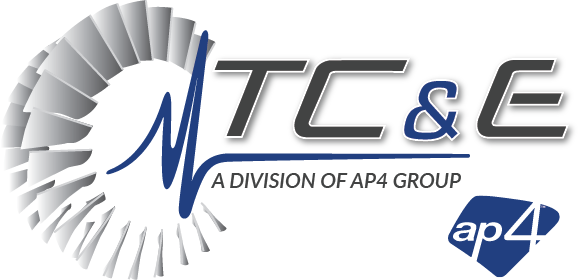At TC&E, we are asked many questions about issues concerning turbine systems, specifically Frame 6 gas turbines. In our experience—both working with customers on site and in the field—many of these questions are related to reliability issues concerning large-frame gas turbines, steam turbines, and controls and electrical issues across all turbines. What should we be doing? What are we overlooking? How can we make our units more reliable? When and why do failures or issues occur?
What we tell our customers is that the turbine control system is only as good as the inputs. Put it this way: Imagine you had no feeling in your fingertips. You wouldn’t know if you were touching a hot stove. But if you do touch a hot stove, your immediate reaction and response is to jerk your hand away. Similar to the human body’s biological nervous system, the electronics and instrumentation in a Frame 6 turbine system tell the control system what to do.
In many cases, the problems don’t arise from the control system itself, but with the cables, insulation, and the instrumentation that feeds the control system. This makes regular maintenance on these components incredibly important—and one of the most commonly-overlooked aspects of regular maintenance.
In this article, we will discuss what the most important parts of a Frame 6 system to look at is, as well as the components within them that are most often overlooked, and why they shouldn’t be.
What is the Most Important System Components to Look At?
We get asked this question every day. I believe it should be your turbine system, however, the truth is it could be anything… Anything can bite you on any day, costing you thousands and thousands of dollars in lost production time.
Thermocouples
Never underestimate the importance of your thermocouples. Thermocouples should really be changed every five years. You should replace a full set of thermocouples for steam turbines, a full set of wheels space, your steam path stuff, as well as your exhaust and condenser thermocouples.
Additionally, you should have a matching set of thermocouples. To get these, simply call the manufacturer to order a full set of thermocouples that are plus or minus 1 percent of one another.
Thermocouples have about a good five-year lifespan. However, keep in mind that exhaust thermocouples run up to 1100 degrees and your wheel space thermocouples run up to 900 degrees. All these things will fail and they are 100 percent guaranteed to drift over time. And when they do, they will affect the overall performance of your turbine.
Other Instruments and Components
In addition to checking your thermocouples, it’s also important to look at your other instruments, such as the calibration of pressure switches, pressure transducers, and transmitters. These are all critical components in your control system, which all tie into the overall performance and operation of your turbine unit.
All of those need to be looked at annually to ensure that you are preventing dry rot, failures, and that you are getting the best performance out of your unit.
Failure Can Happen At Any Time
Remember, anything can fail at any time. Failures will happen on a 99-degree day during the middle of August, generating up to $1,000 to $2,000 in megawatts. Therefore, it’s important to ensure your unit and components are all running and operating as efficiently as possible, preferably during the spring and fall seasons. We help people out over the phone during the summer, giving them maintenance tips and other ideas to ensure their systems are running as they should.
If you need help with maintenance from third-party guys like us, our team does a lot of consulting and perform on site maintenance and performance checks. For example, our team will look for leaks in the components, and any evidence of corrosion or dry rot inside the controls and electronics.
Give our team a call today for some tips on how to ensure your Frame 6 system is running as efficiently as possible.
 Watch Our Webinar & Videos
Watch Our Webinar & Videos